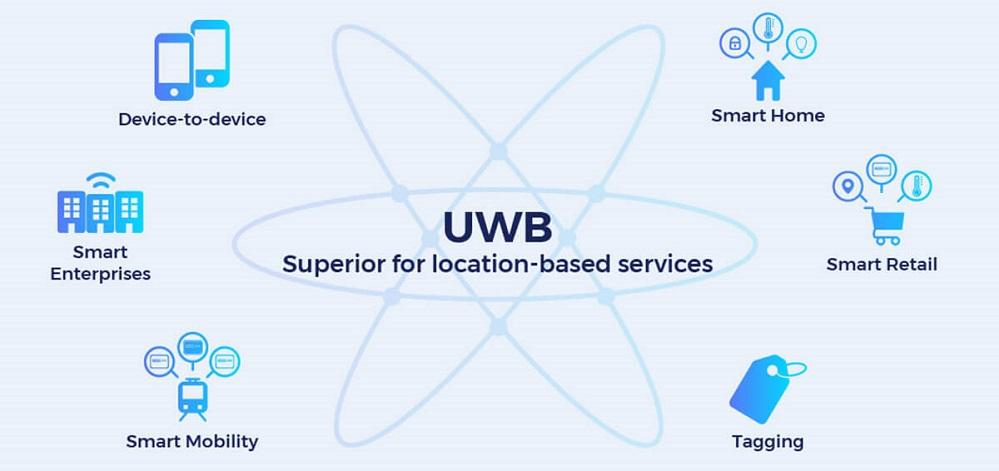what is Ultra-Wide-Band Technology (UWB) is a very low power consumption wireless technology that transmits large amounts of data over short distances. It can provide data rates of up to 1 Gbps within a 10 meter radius for wireless private communication. UWB data transfer rates are much faster than Bluetooth and Wi-Fi.
UBW works in a wide frequency range from 3.1 to 10.6 GHz. To ensure that other technologies working in this bandwidth are not compromised, it has a very low power spectral density. This is very important and is limited to -41 dBm / MHz by regulators such as the FCC. This low power density is often smaller than the spurious emissions from electronic devices certified by the FCC and other certification bodies.
The advantage of this low power spectral density is that UWB transmission is very safe. Due to their lower power density, they are very difficult to see. Other UBW applications include commercial radar systems, consumer electronics, and wireless personal area networks (PAN).
Technology is a combination of techniques, skills, methods and processes used to produce goods or services or to achieve objectives such as research.
Wi-Fi is a wireless networking technology that allows devices such as computers (laptops and desktops), mobile devices (smart phones and wearables), and other equipment (printers and video cameras) to interface with the Internet.
A wireless personal area network (WPAN) is a personal, short distance area wireless network for interconnecting devices centered around an individual person’s workspace. WPANs address wireless networking and mobile computing devices such as PCs, PDAs, peripherals, cell phones, pagers and consumer electronics.



